Originally named Macklin Field when the university was also known as Michigan Agricultural College, if these walls could talk, there would be so much to say. For starters, the Spartans have won 70 percent of the games played in Spartan Stadium. While the design and structure has seen many renovations, additions and improvements over the years, the legacy of the space is forever immortalized. And in honor of the first game of the 2021 fall football season, we take you through the history of Spartan Stadium.
Sept. 1, 2021
Spartan Stadium through the years
Celebrating nearly a century of MSU’s legendary sports venue
Originally named Macklin Field when the university was also known as Michigan Agricultural College, if these walls could talk, there would be so much to say. For starters, the Spartans have won 70 percent of the games played in Spartan Stadium. While the design and structure has seen many renovations, additions and improvements over the years, the legacy of the space is forever immortalized. And in honor of the first game of the 2021 fall football season, we take you through the history of Spartan Stadium.
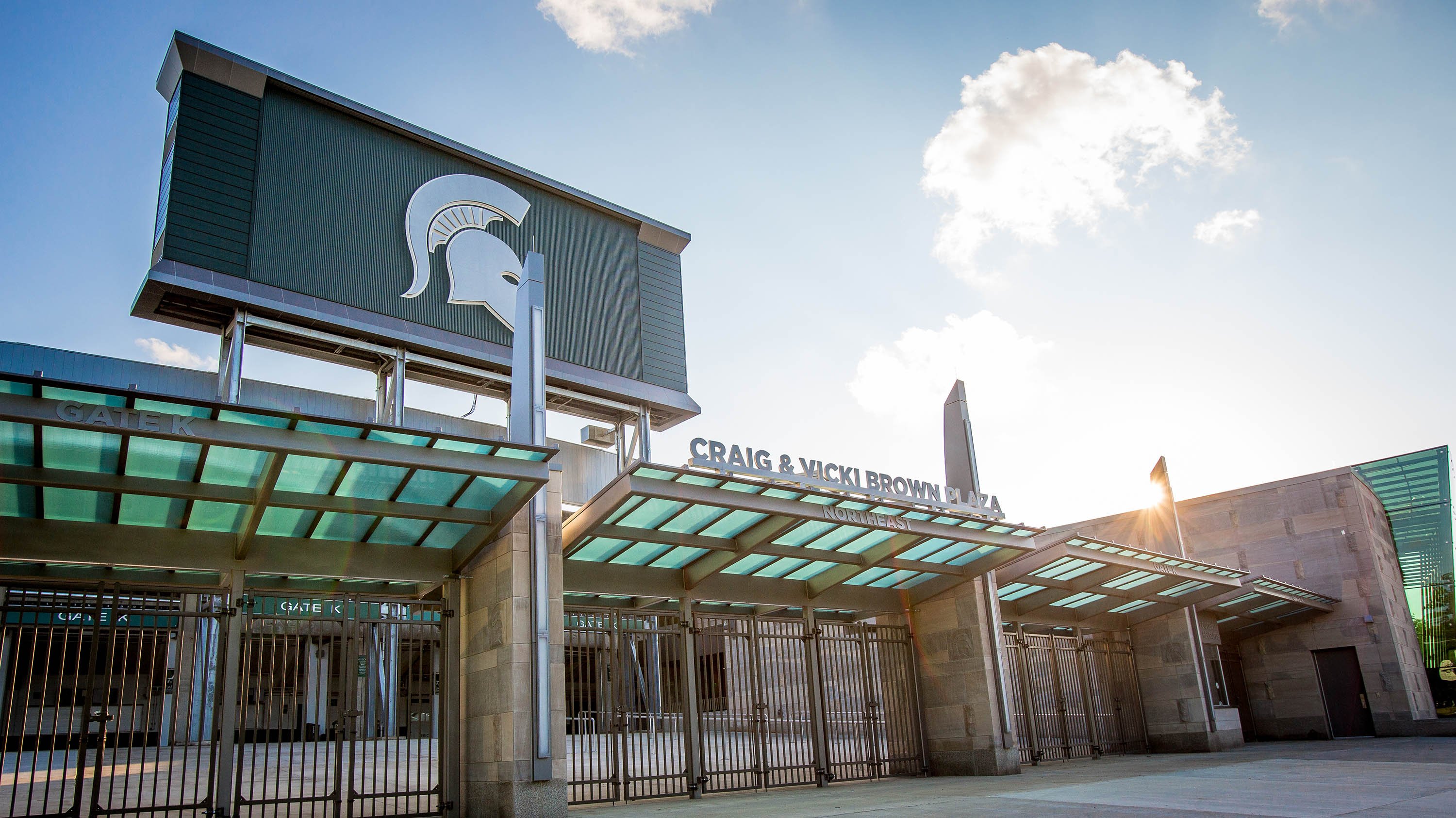
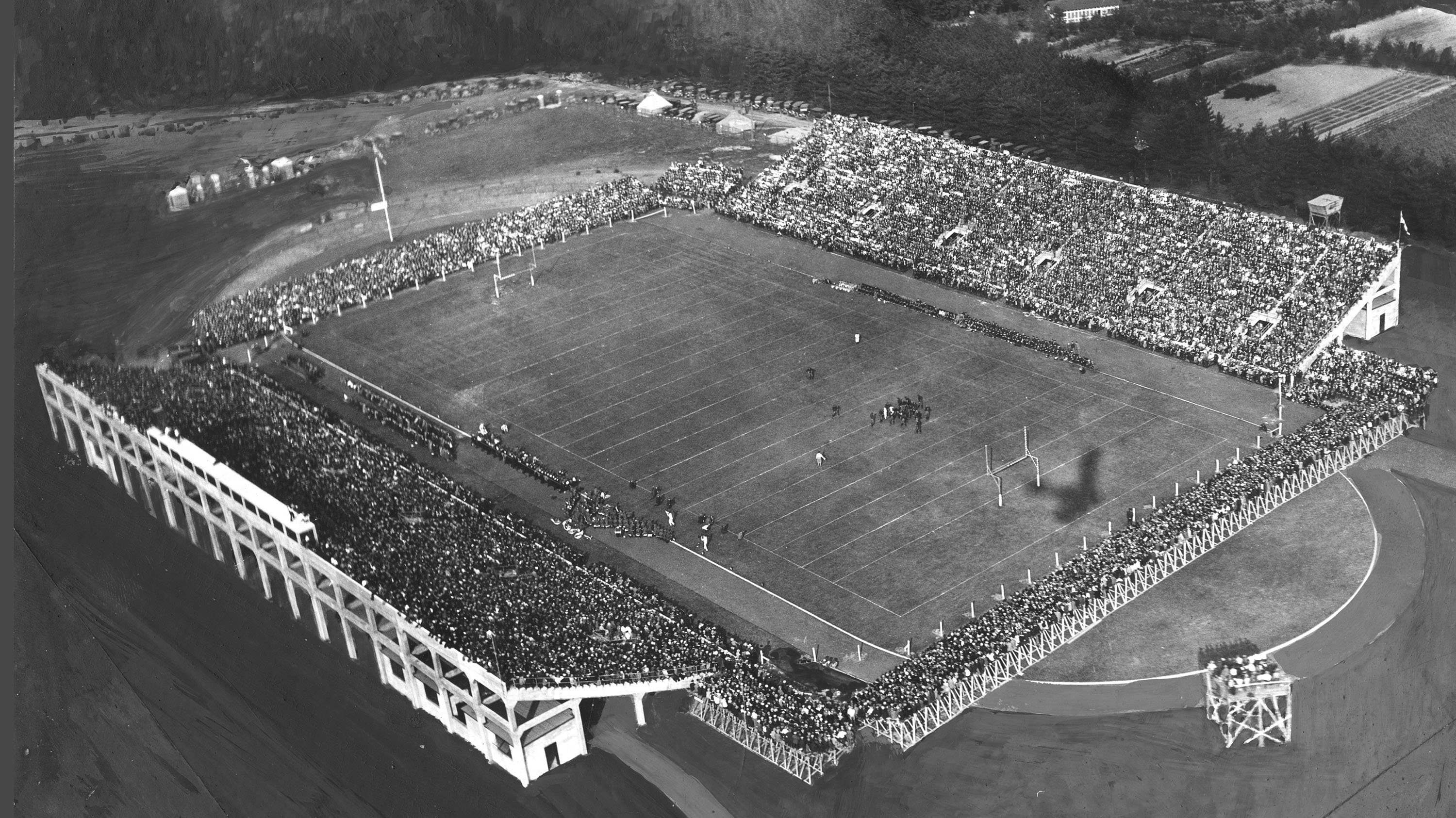
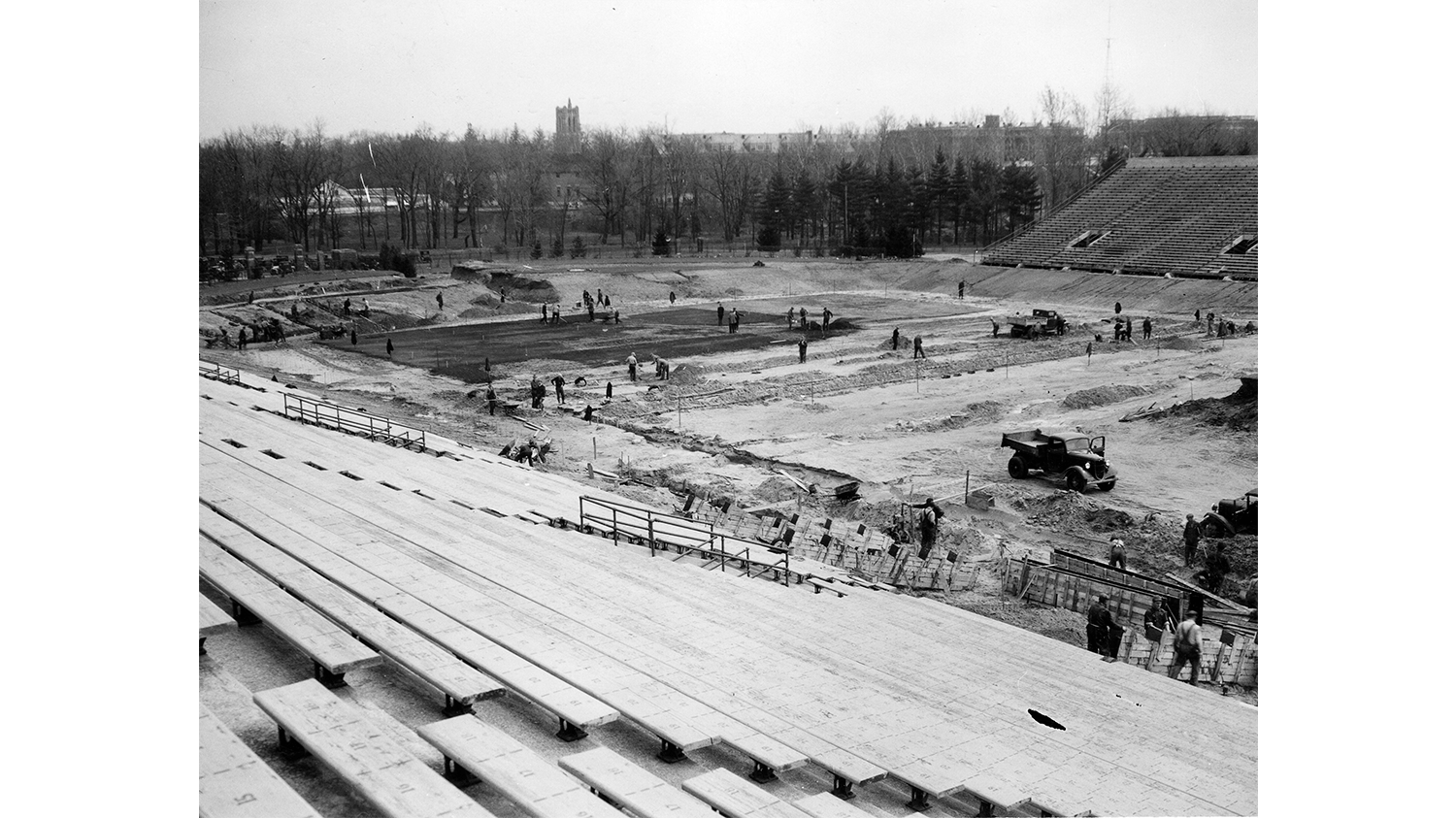
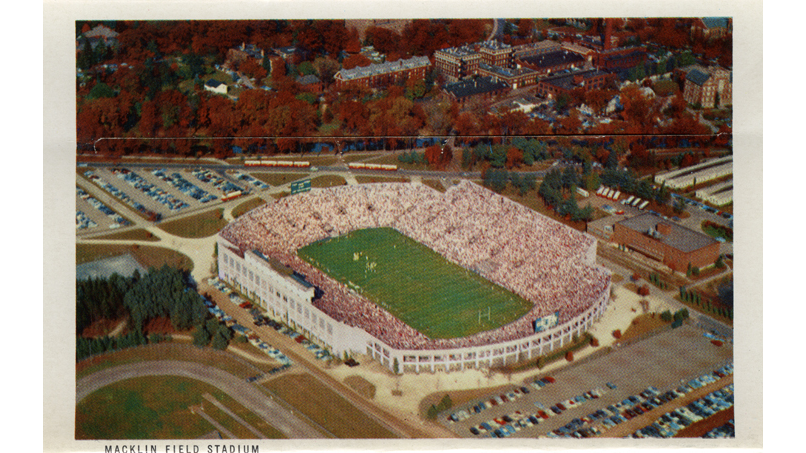
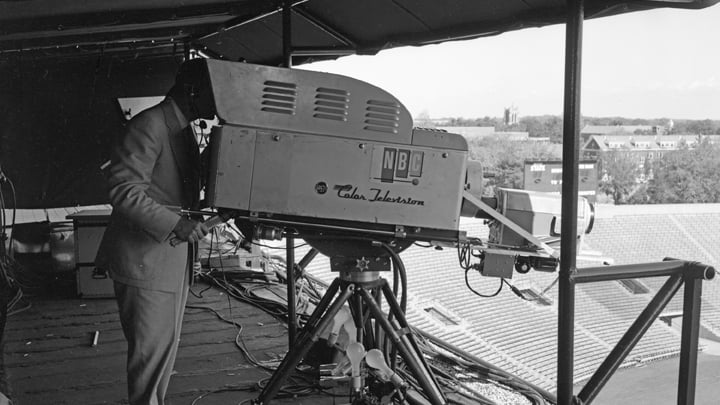
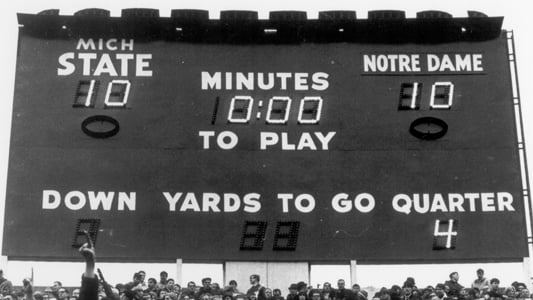
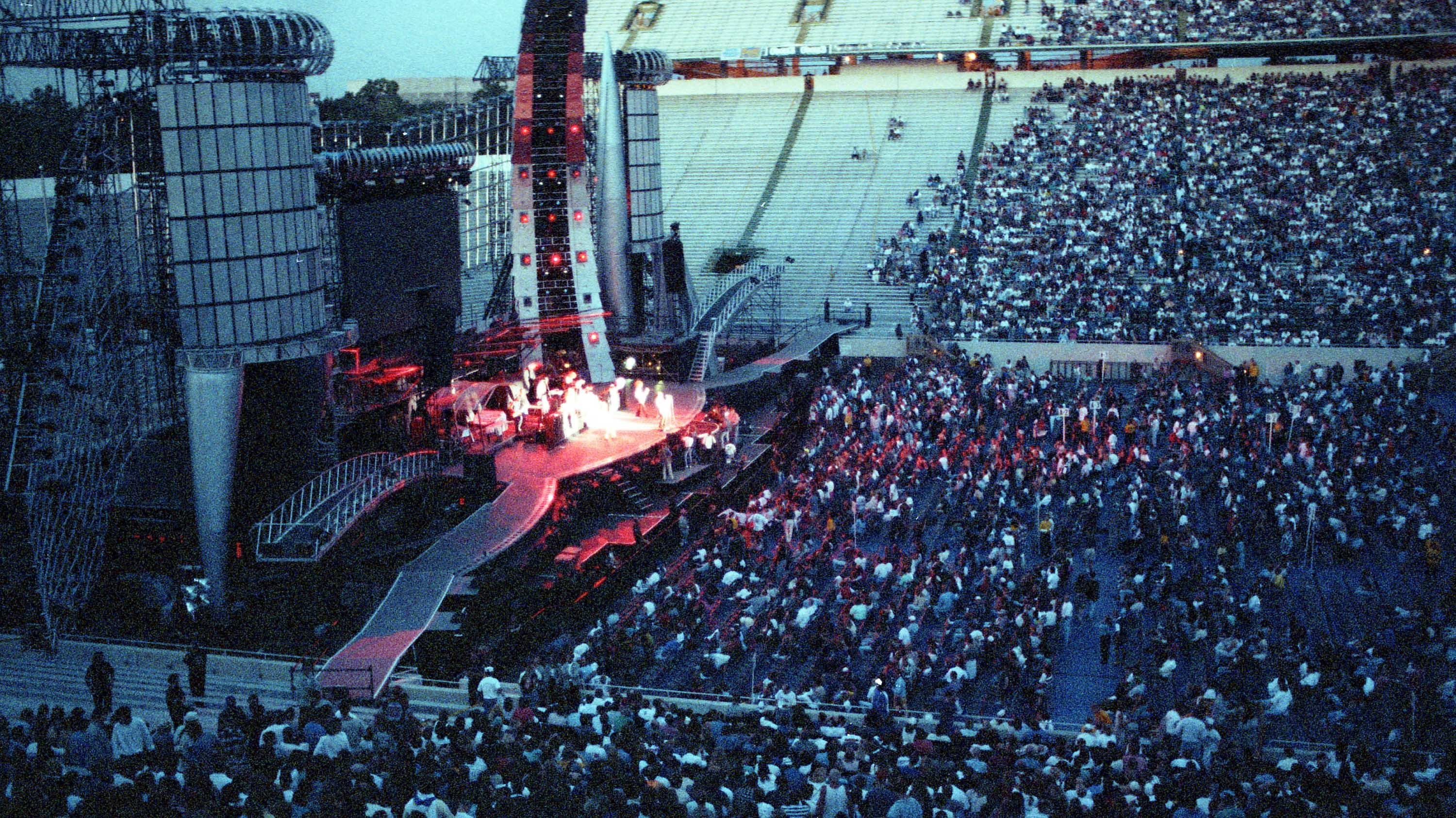
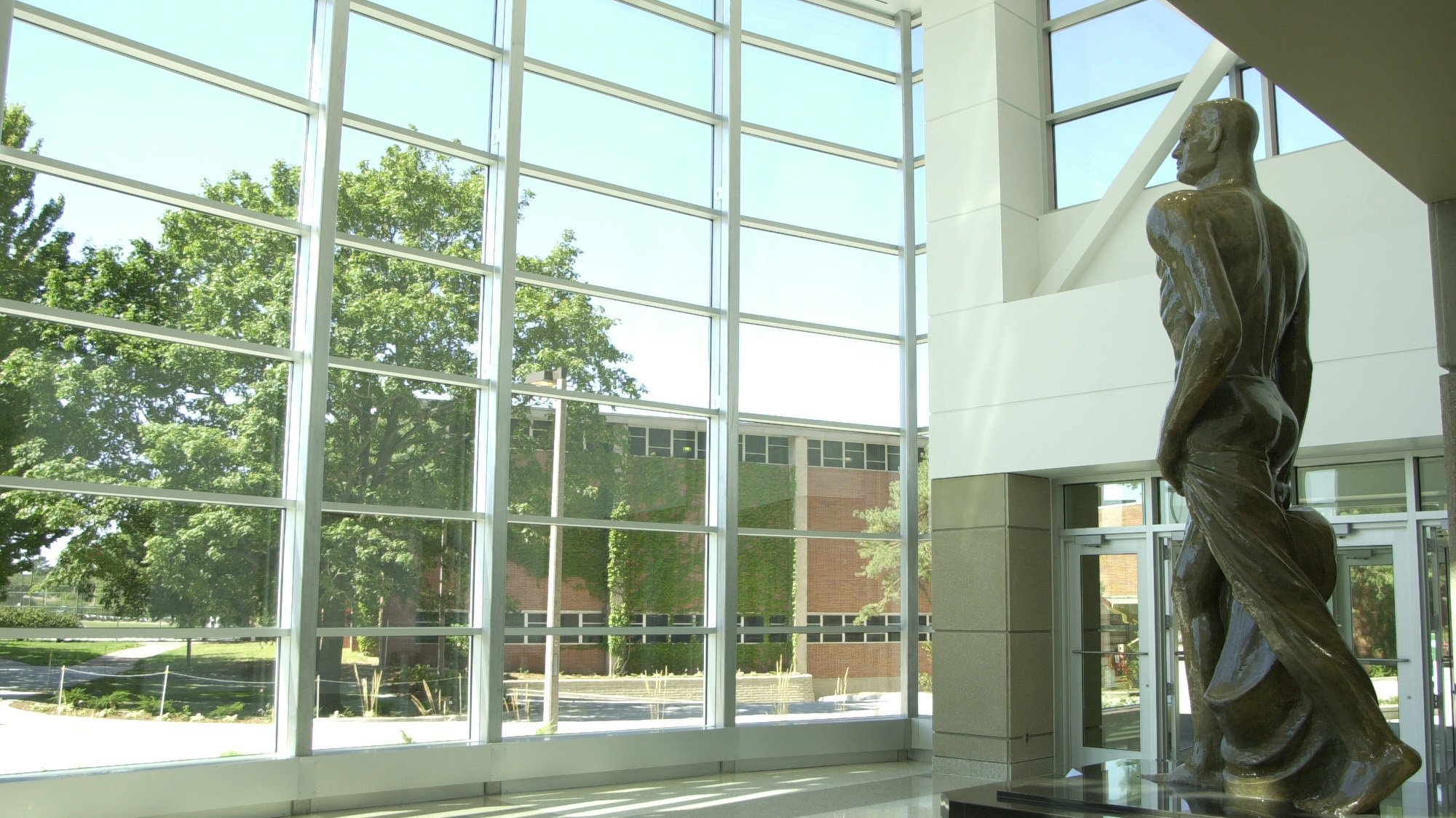
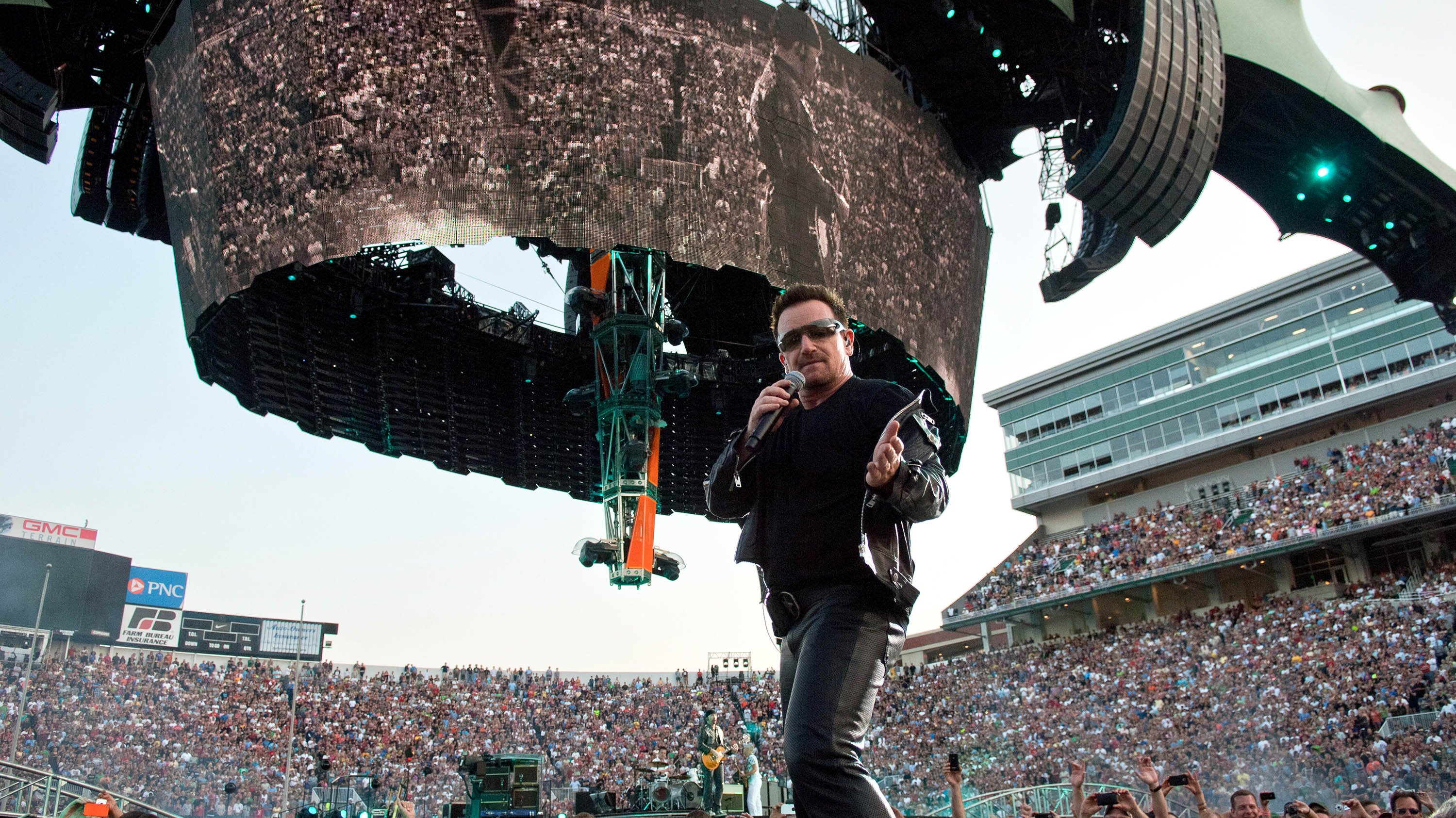
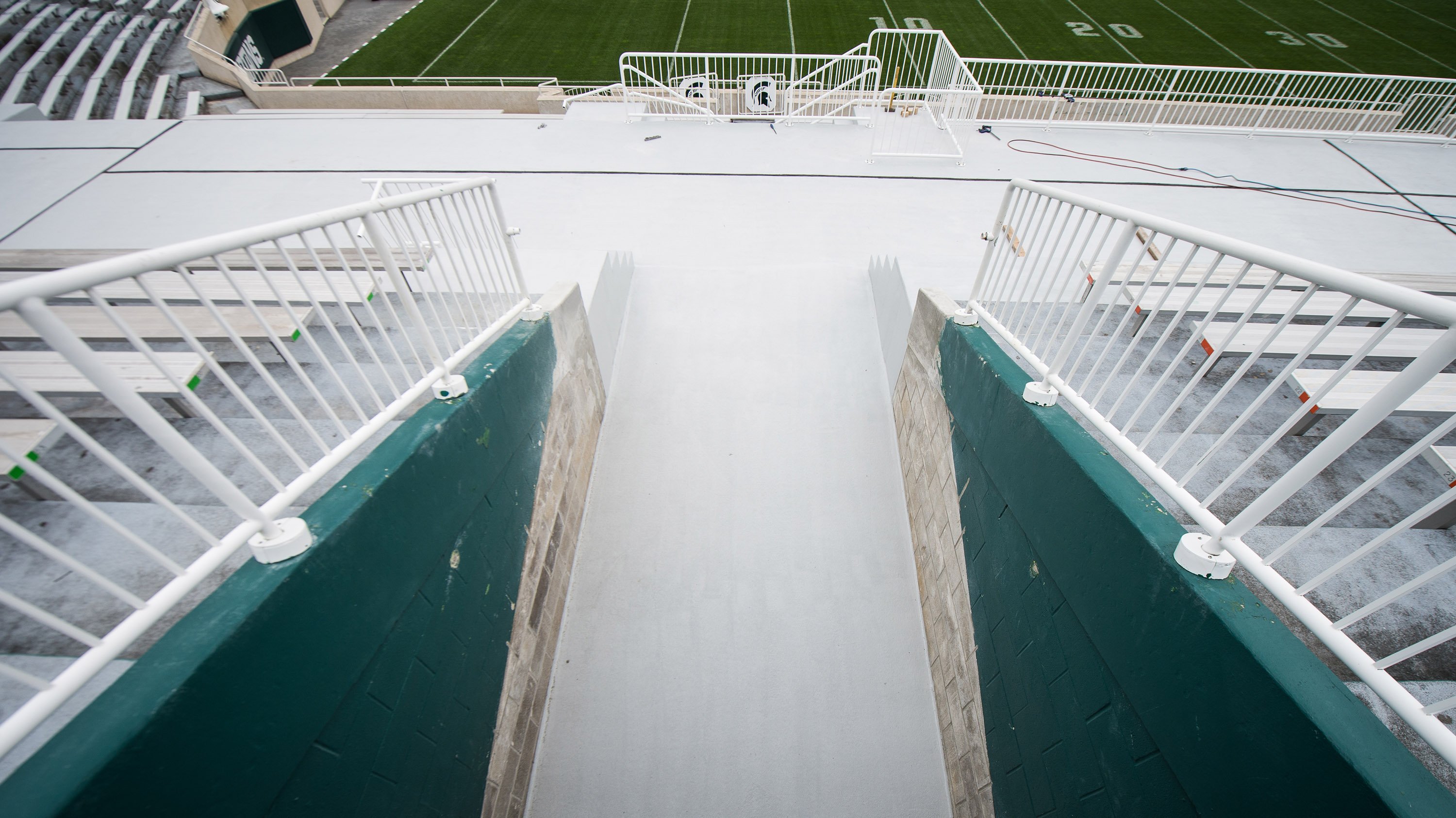
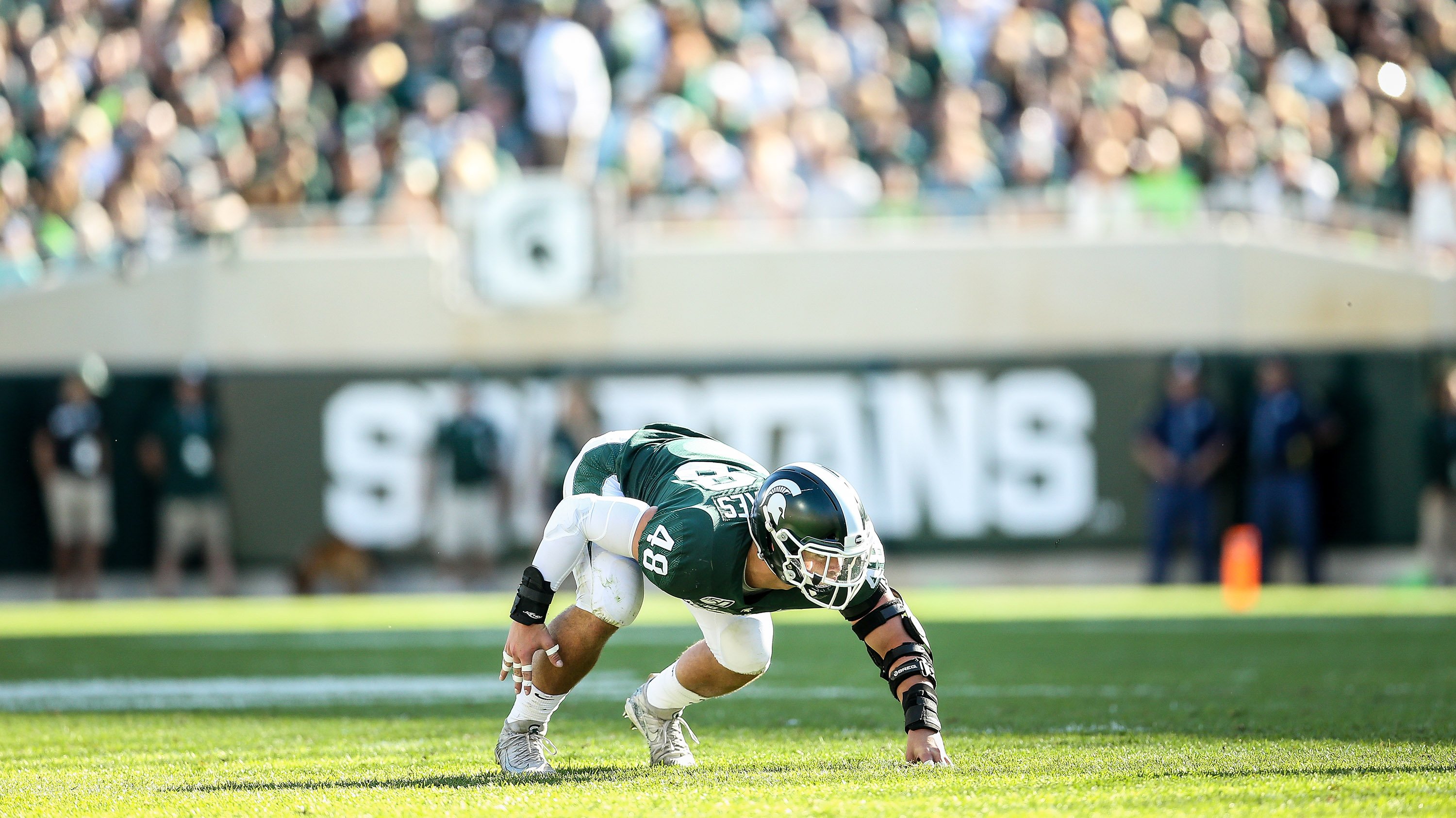
















Spartan Stadium also took on a practical role during the pandemic, offering a location for COVID-19 testing for members of the MSU community. Though testing at the stadium is no longer offered, it served as a critical resource keeping Spartans safe during an incredibly challenging year. Photo by Derrick L. Turner.
Spartan Stadium also took on a practical role during the pandemic, offering a location for COVID-19 testing for members of the MSU community. Though testing at the stadium is no longer offered, it served as a critical resource keeping Spartans safe during an incredibly challenging year. Photo by Derrick L. Turner.
01 / 13
MEDIA CONTACTS
,
Latest News
MSUToday Weekly Update
The MSUToday Weekly Update email showcases how Spartans are making a difference through academic excellence, research impact and community outreach. Get inspired by these stories of innovation, collaboration and determination. Plus, enjoy photos and videos of campus and more MSU content to help keep you connected to the Spartan community.